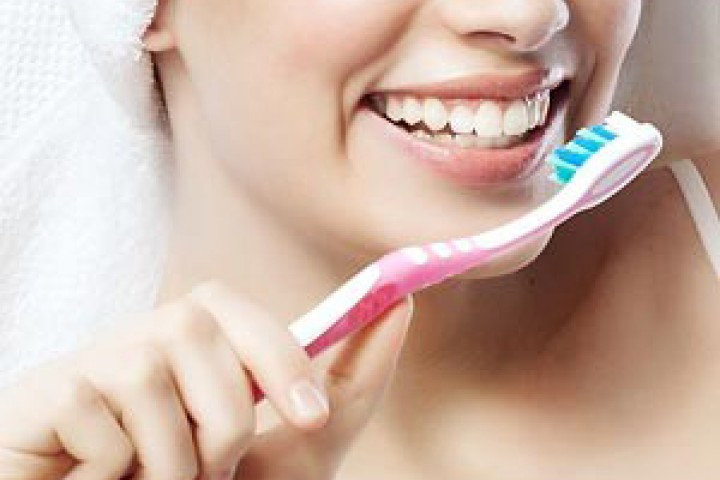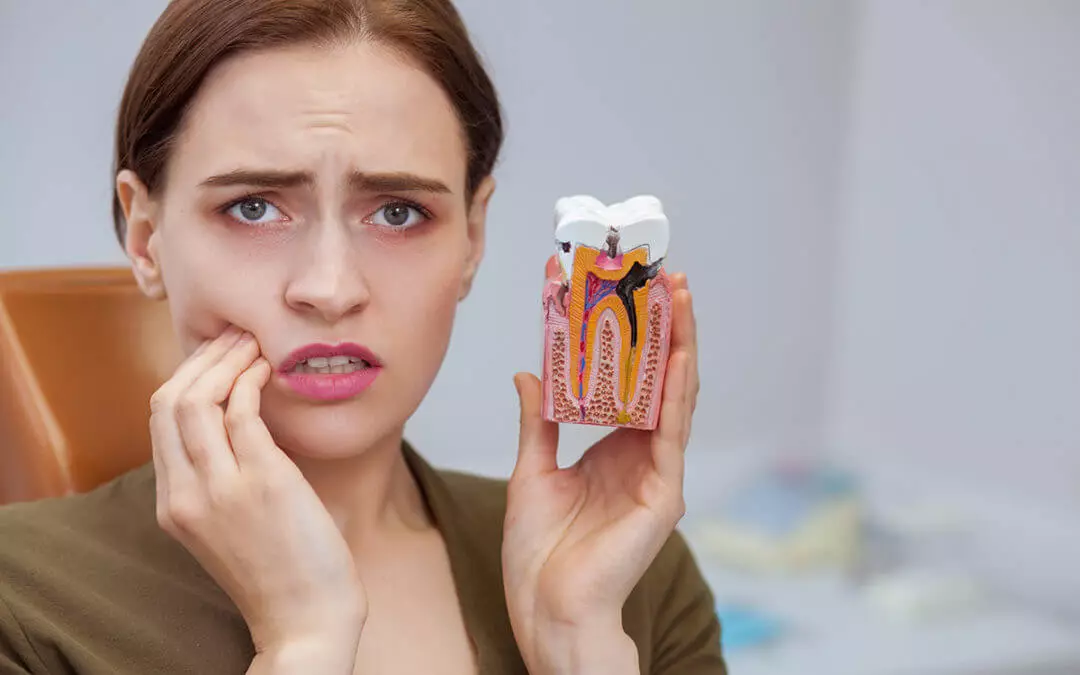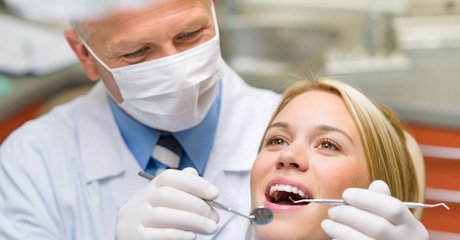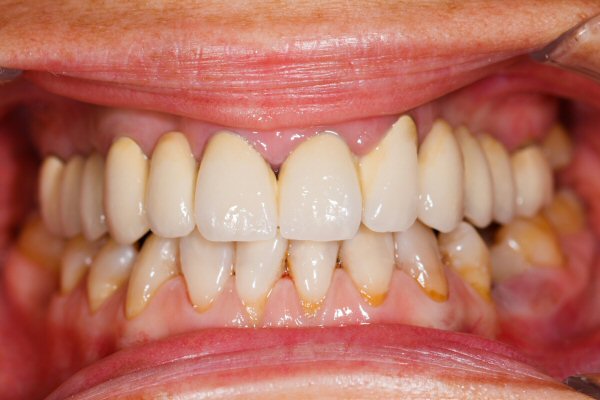Everything You Need To Know About Root Canals
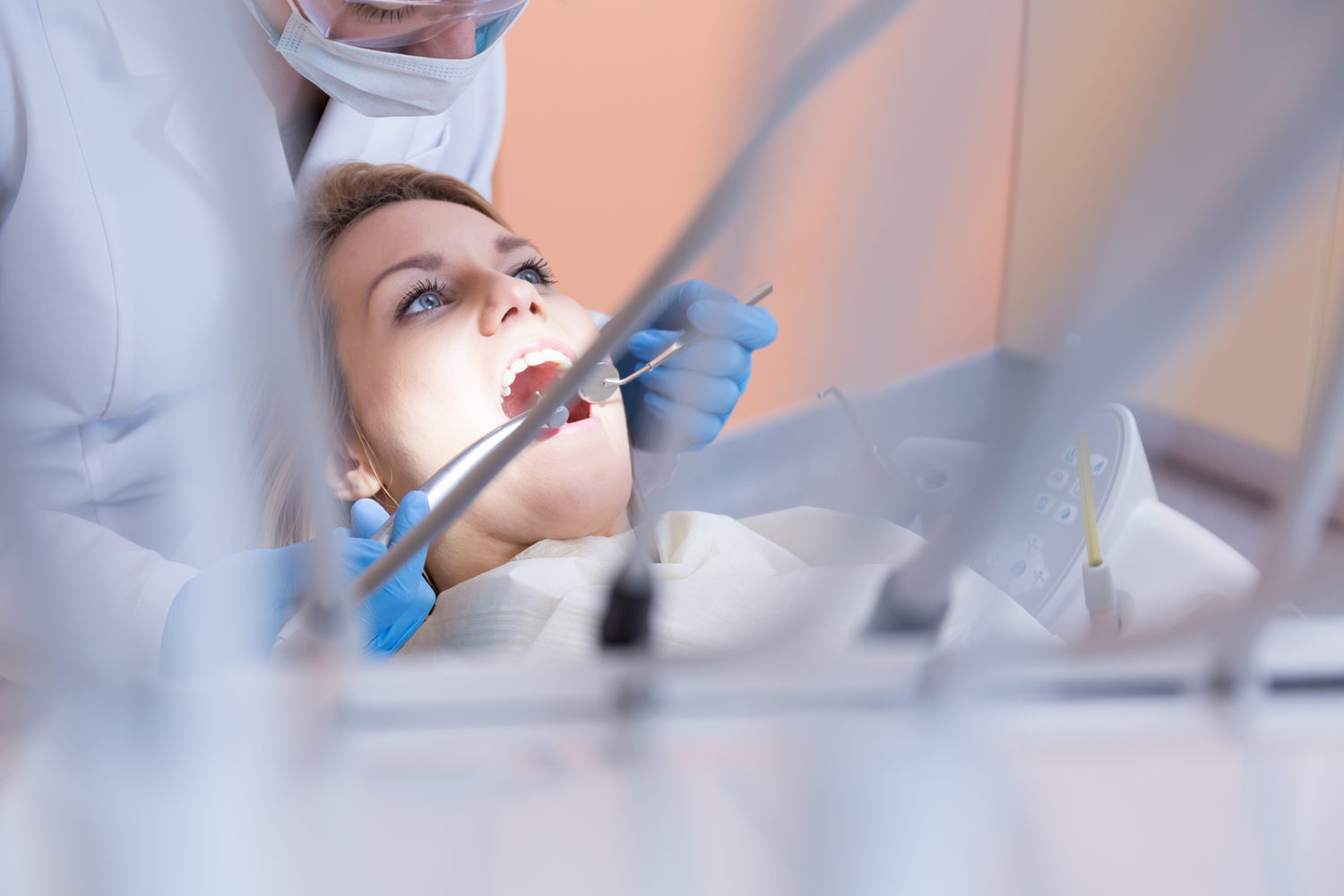
Root canals may sound scary, but they are a very helpful procedure. A root canal is the process of preserving a dead tooth. By the time a tooth has died, it has decayed beyond saving. A root canal allows a patient to keep the dead tooth inside the mouth. Why? Because if the tooth was extracted, the patient would have to get an implant.
While a root canal leaves you with a tooth that is still usable for chewing and supporting speech, it needs to be reinforced with a crown. Without a crown, your dead tooth would fracture if you bit into something hard. Crown are much stronger than enamel, and they’re crucial for protecting your already weakened tooth.
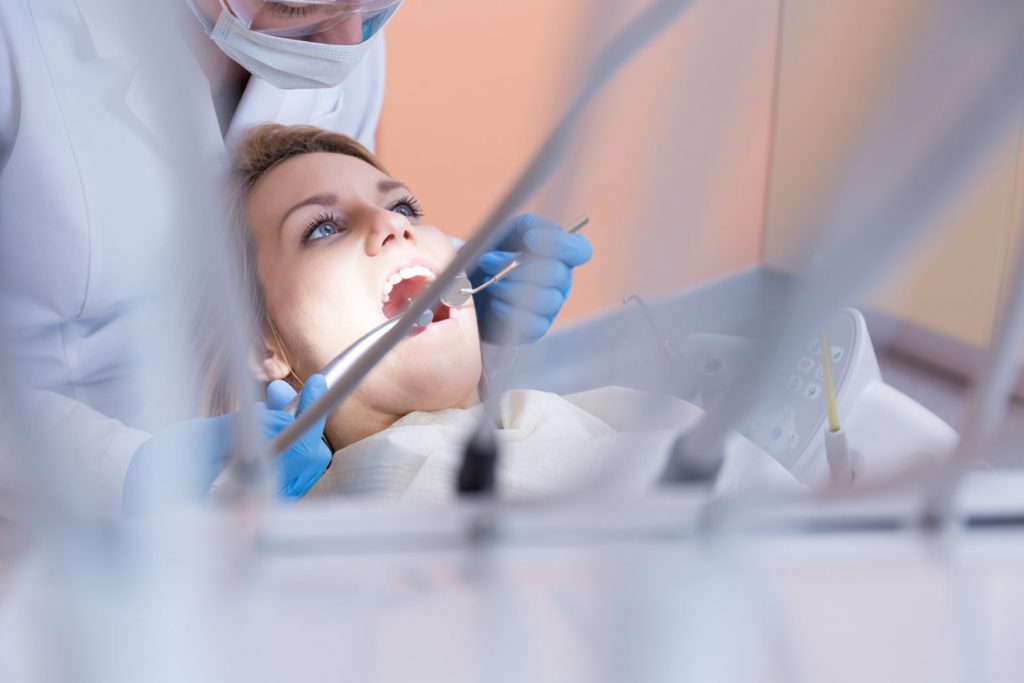
Advantages
- Maintains the structure of your tooth
- Retains the bone around the tooth
Disadvantage
- Takes hours to complete
- There’s a high potential for infection
A trained dentist can diagnose a root canal by looking at several symptoms. If you are experiencing sustained pain, this could be an indicator. Positional pain may occur when you are in certain positions such as lying down. This kind of pain may be caused by a deep infection. If the pain is intermittent (it comes and goes), that is a sign that perhaps the tooth is recoverable and that the infected tissue is not entirely dead. A fistula is another sign of infection, as it shows the presence of blood and pus on the gum. However, in the case of a fistula, it is not always clear which tooth it originated from. It is on the side of the mouth and can be related to any tooth along that side of your face.
What is to expect during your root canal
Dental treatment can be frightening, and you’ve probably heard some worrying stories about this particular procedure. Once your dentist evaluates your teeth and tells you that you need a root canal, ask a few questions to prepare yourself. These include:
- Is the tooth completely dead or can it recover?
- Is a root canal the best step or is there anything else we can do?
- Why did my tooth die?
- What can I do to protect my other teeth from this?
- What can I expect during the procedure?
- Will everything be done in one visit?
- Will it hurt?
- What can I expect after the procedure?
- What can I do to heal faster?
- Do I need special medication or food?
- What should I do the night before or the morning of the procedure?
Once your appointment is booked be prepared for several hours spent in the dentist’s chair with your mouth open. You may have difficulty speaking for a few hours after the procedure. The anaesthesia prevents pain, but it also makes it hard to form proper words. And once it wears off, the pain will kick in, so clear your day, since it’s unlikely you’ll be productive at work.
The actual procedure
Root canals require multiple dental appointments. On your first visit, your dentist will carefully remove the infected area and clean the space where the infection was removed. The space will then be filled and sealed so that it cannot catch additional infection.
On your next appointment, a crown will be fitted over the tooth. This will preserve the structure of the tooth and form a strong protective outer layer.
The procedure should be painless, though you may feel sore after the anaesthesia has worn off. One thing that surprises dental patients is their recovery period. We all expect the actual treatment to be extremely painful, but if your doctor uses the right anaesthetic, you won’t feel a thing.
However, once the numbing medication wears off, you can feel anything from mild irritation to debilitating pain. This discomfort can last anything from one day to two weeks. Talk to your dentist about pain medication management. You don’t want to end up abusing pain meds or developing dependency.
It also helps to eat soft foods like yoghurt, mashed potatoes, smoothies, porridge, and pasta until your tooth heals. It will avoid exerting additional strain on your healing tooth. Monitor your soft food diet carefully to ensure your meals are balanced that you get all the required nutrients and vitamins.


